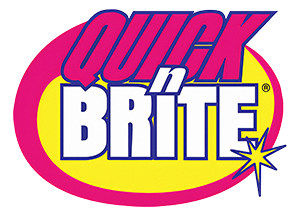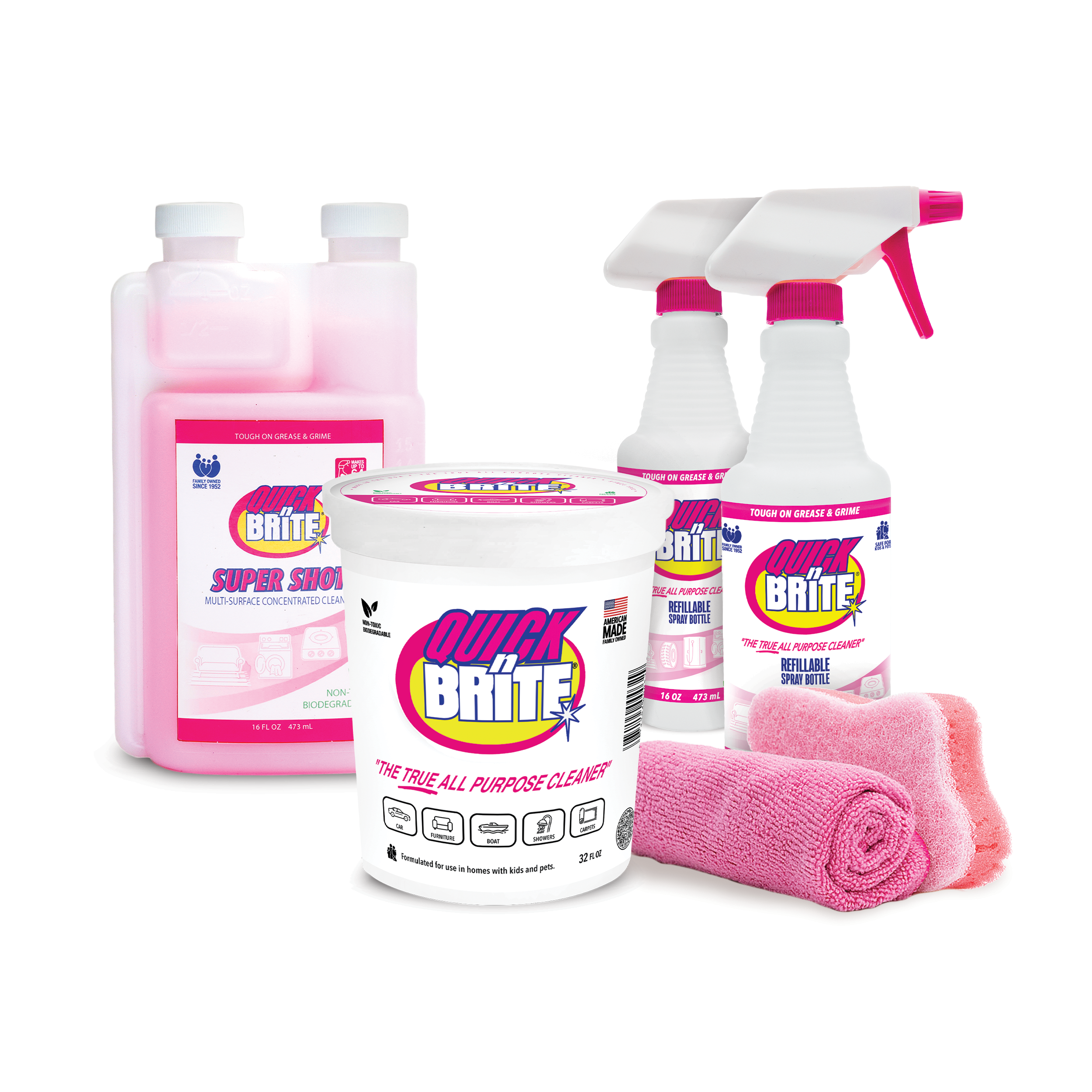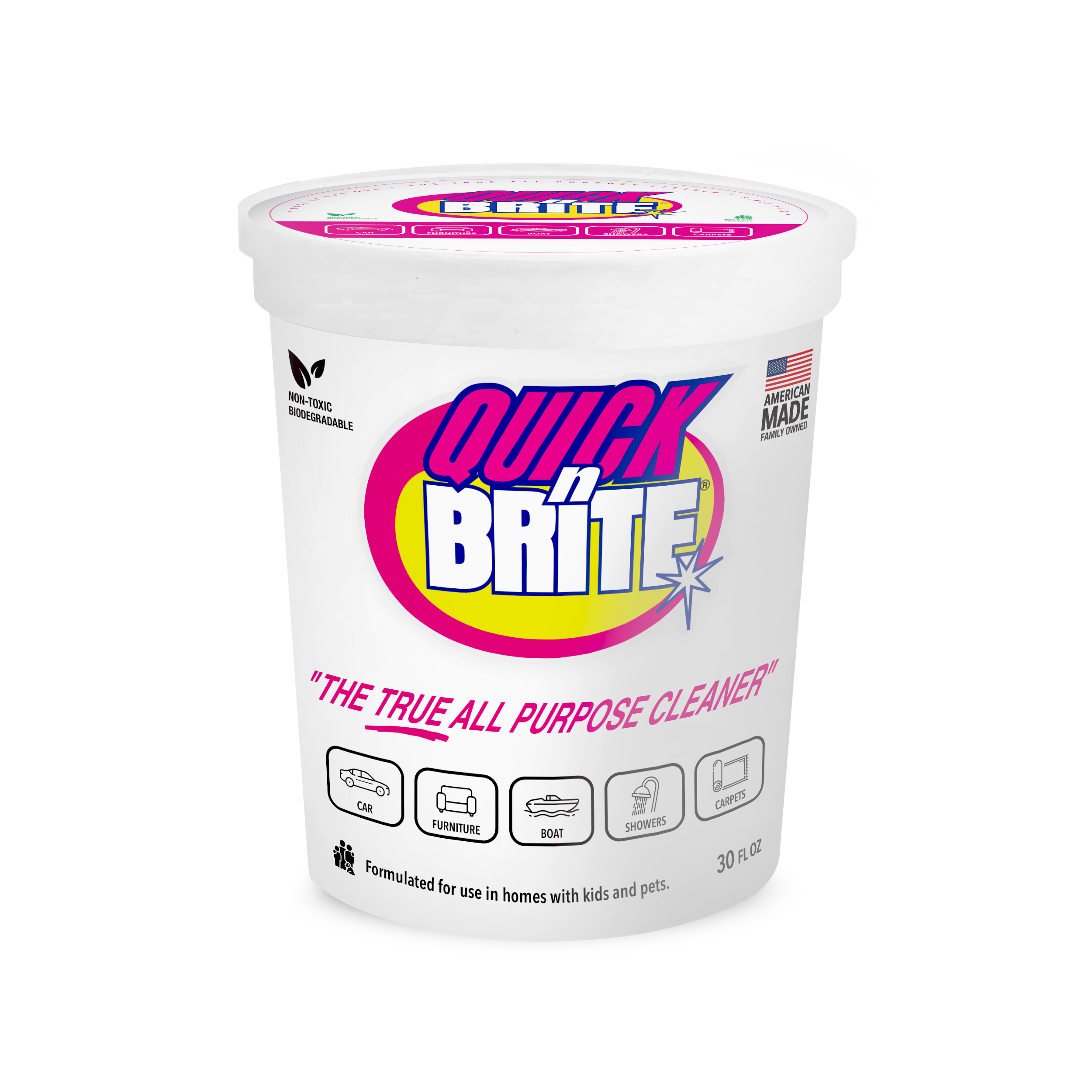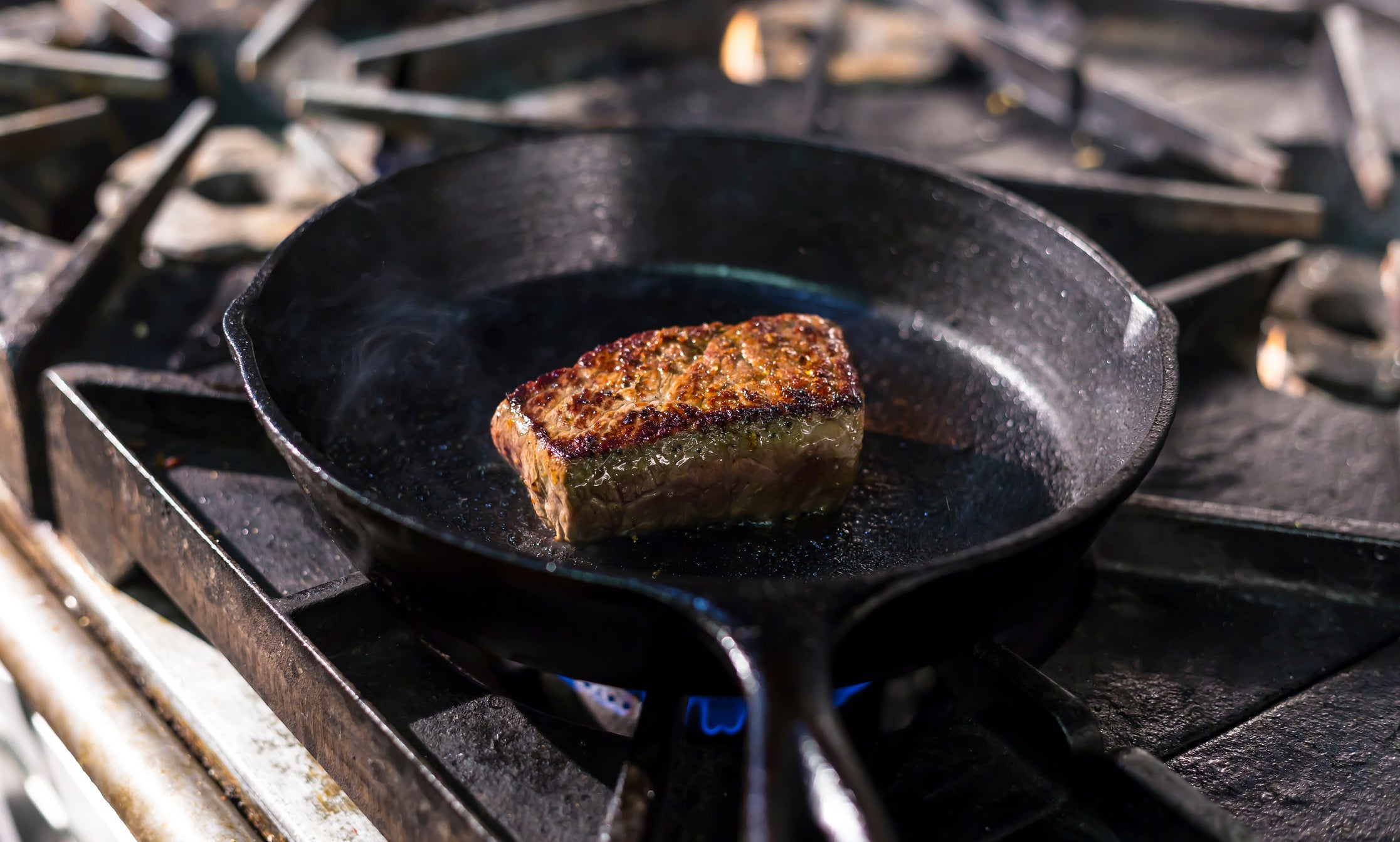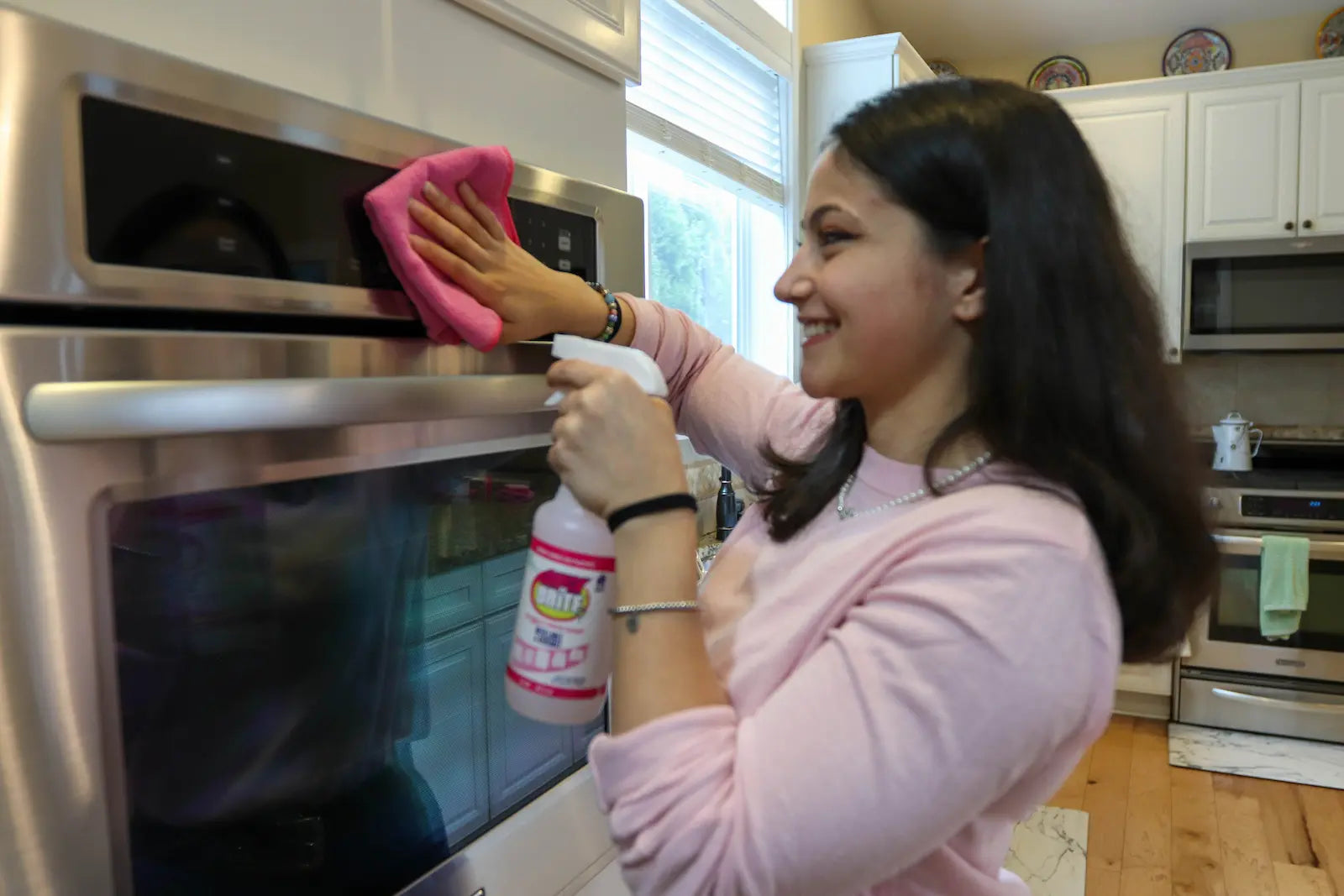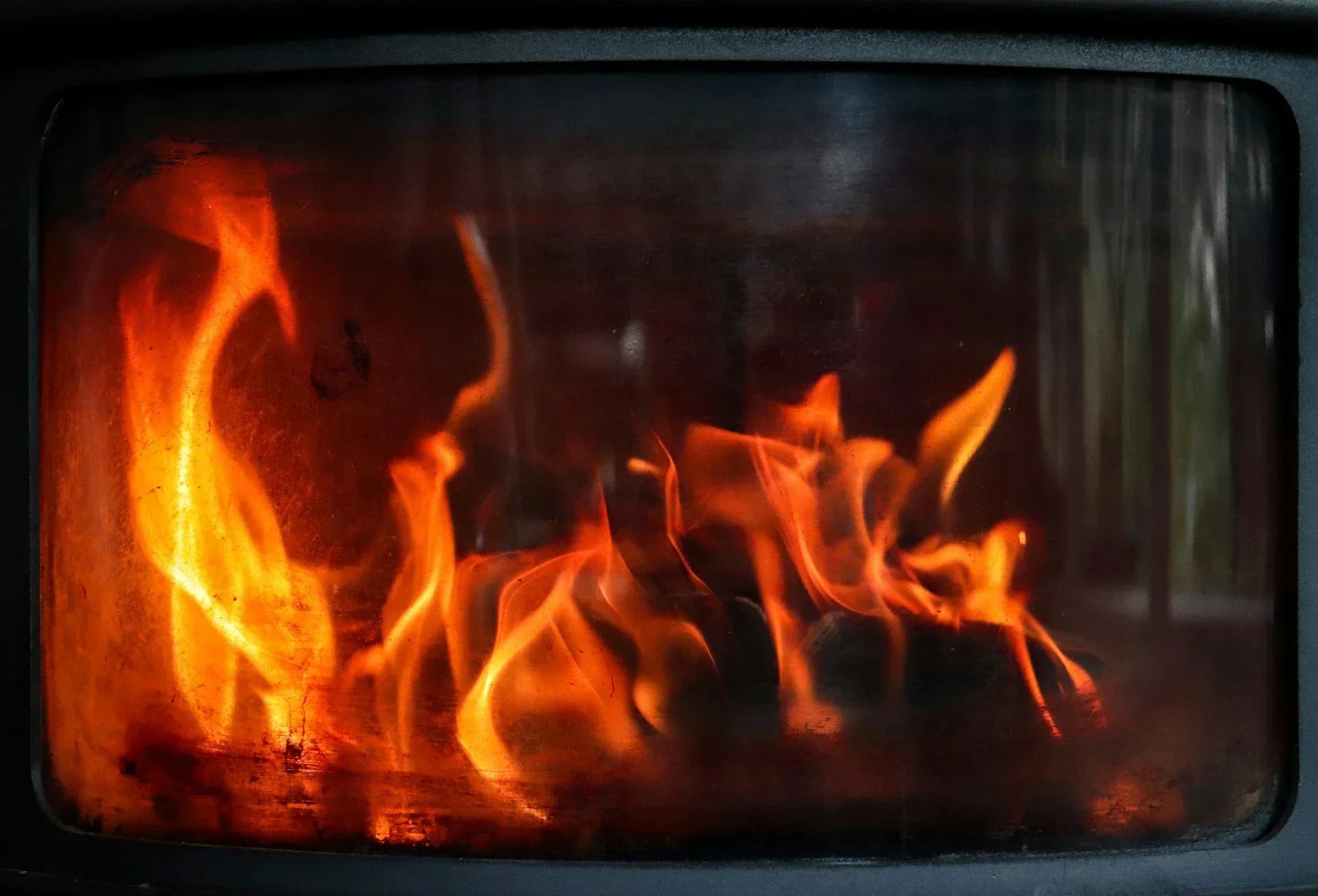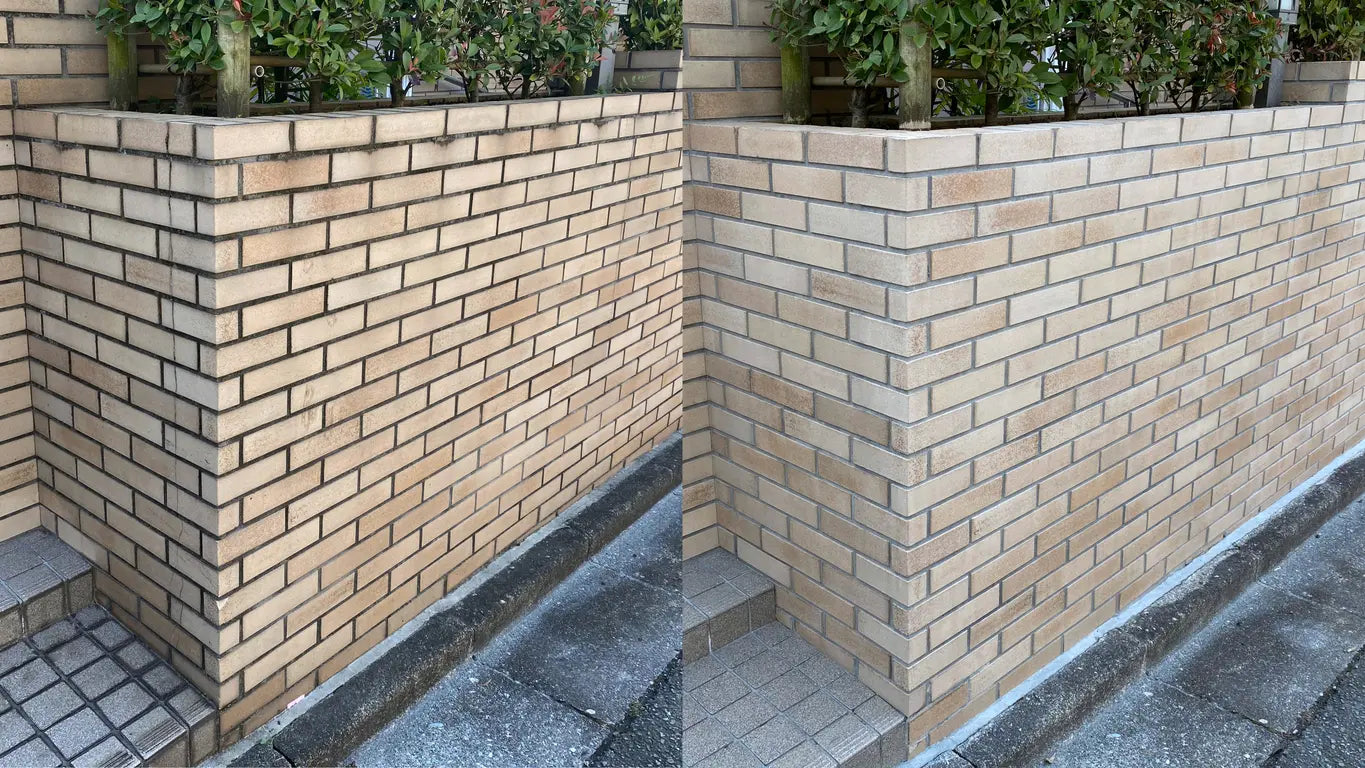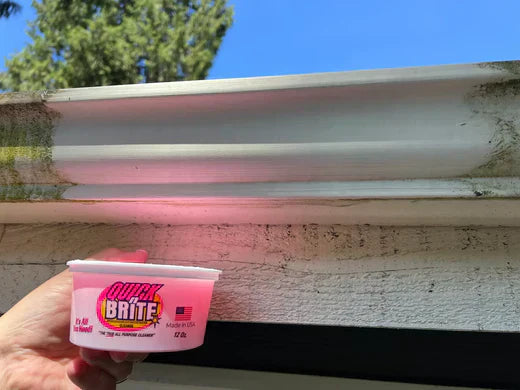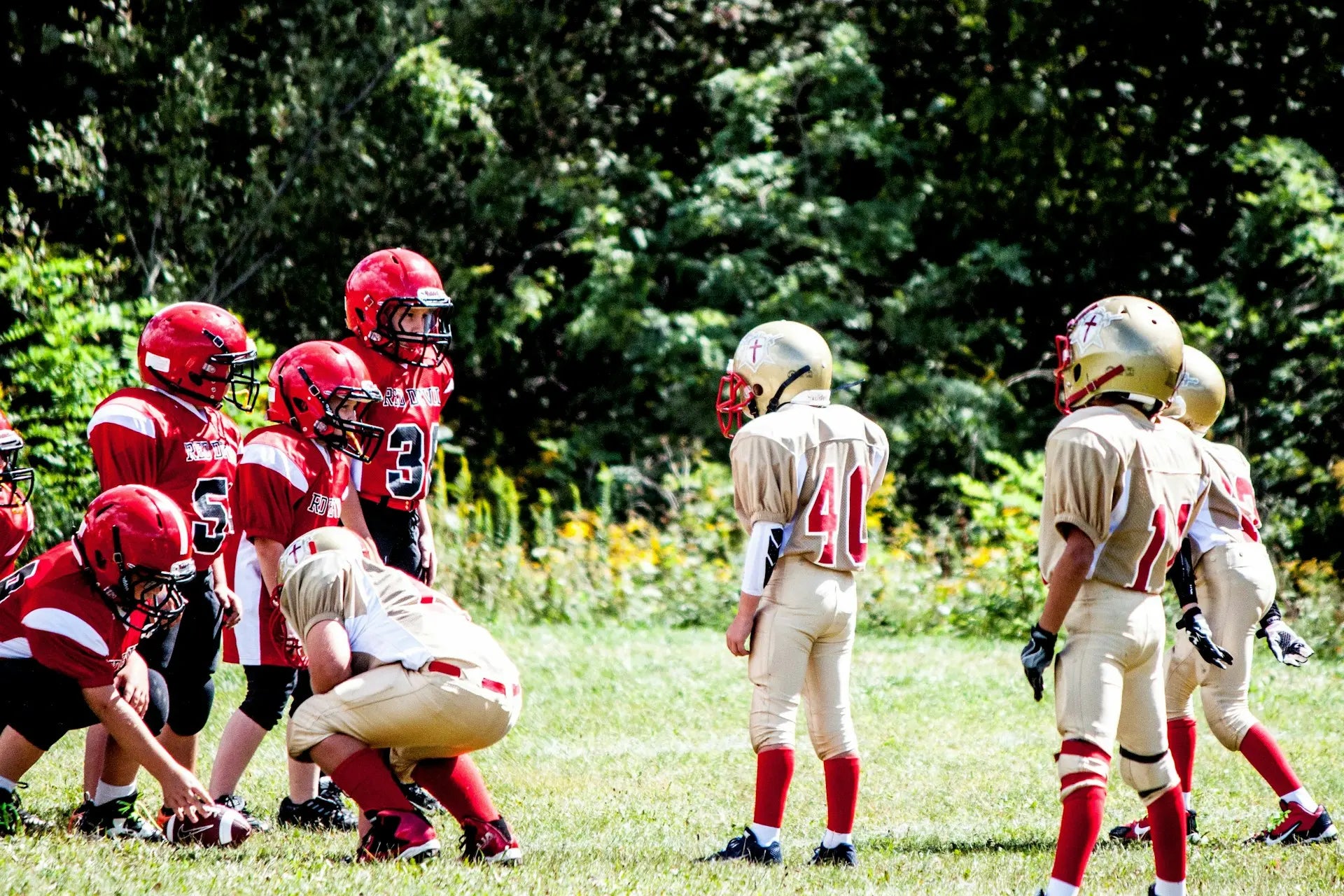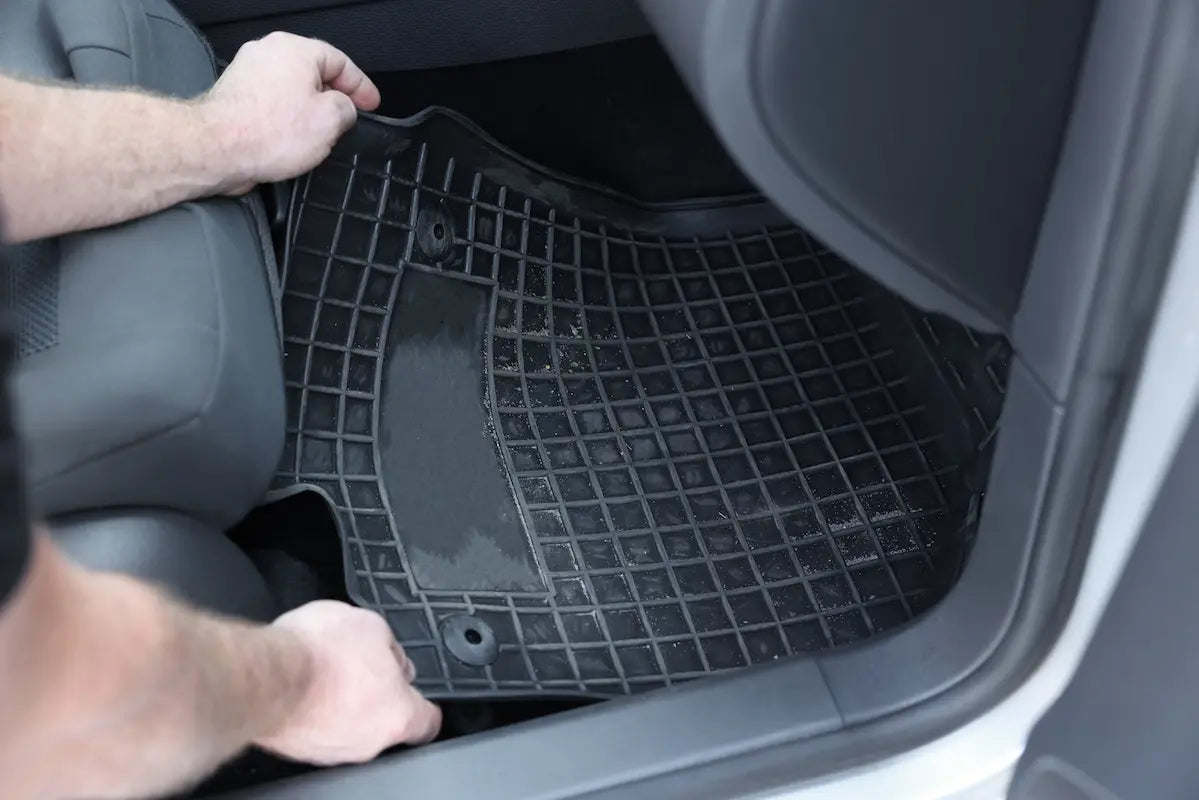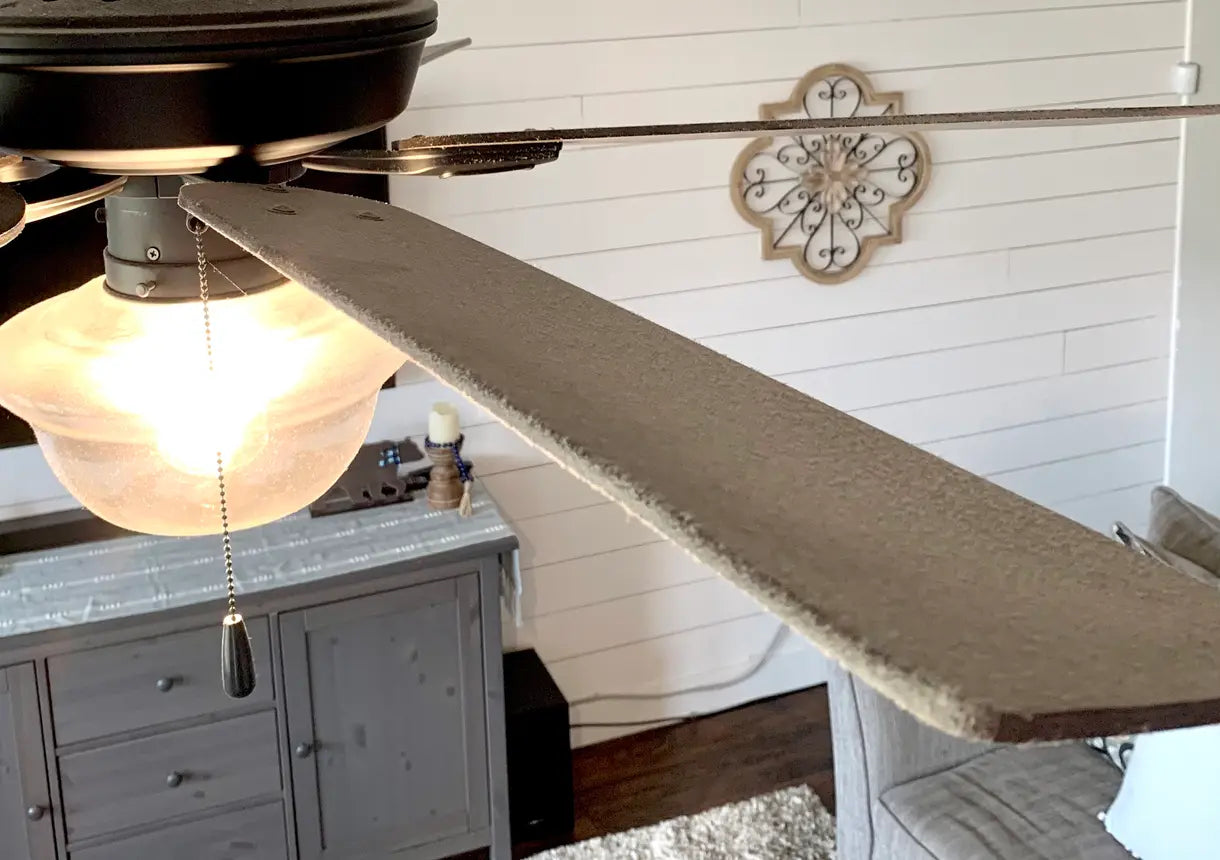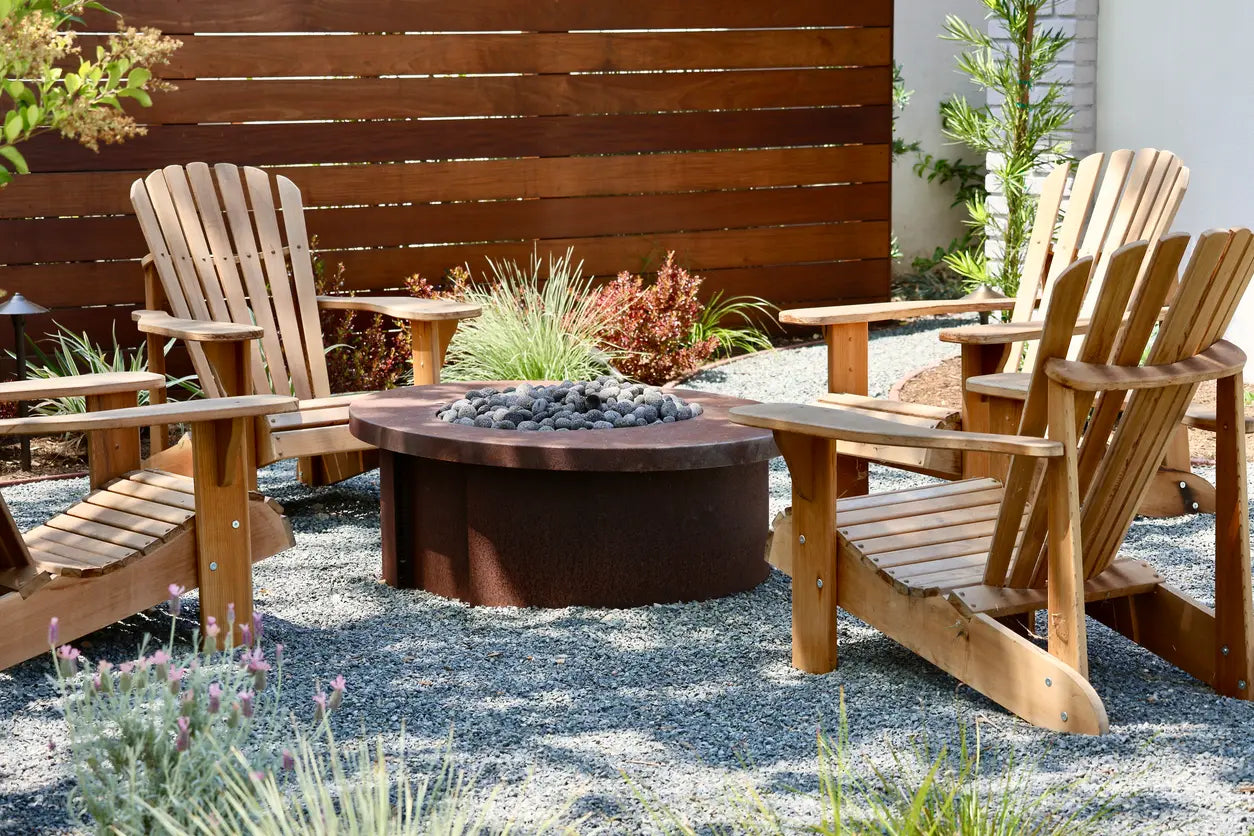There's nothing quite like cooking with a cast iron skillet. However, keeping it clean while preserving its seasoning can be tricky without the proper pan care techniques.
Cleaning can be challenging. Knowing how to clean a cast iron skillet is crucial to make sure that the skillet is clean, yet still seasoned while requiring minimal maintenance.
Gather Your Cleaning Supplies
To clean your cast iron skillet effectively, first gather a few essential items. Each one plays a vital role in the cleaning process.
You'll need hot or warm water and a non-toxic, biodegradable cleaner like Quick ’n Brite concentrated cleaning liquid. Avoid using standard soap cleaners.
Next, gather microfiber cloths for scrubbing, along with a sturdy brush (preferably with nylon bristles) for stubborn debris.
There’s no need for special cleaners; Quick ’n Brite is gentle and effective, making sure your skillet remains seasoned.
Finally, make sure to have a kitchen towel on hand for drying, and consider using steel wool for tough spots. Drying the skillet thoroughly helps to prevent rust.
Together, these supplies will guarantee your skillet's care is both thorough and safe. Happy cleaning!
Pre-Cleaning Preparation
Before embarking on the cleaning journey, gather the necessary supplies and tools to achieve efficiency and success when cleaning your cast-iron skillet.
First, it's crucial to identify if a cast iron skillet needs immediate attention. Scrape off any excess food particles using a plastic spatula or brush, avoiding metal tools that could damage the seasoning on the skillet. This initial step helps to protect the non-stick surface.
Consequently, have a designated cleaning station ready with easy access to water. Always use warm water; it aids in loosening stubborn residue without risking sudden temperature changes that could warp the skillet.
Moreover, to enhance safety and convenience, consider wearing rubber gloves while cleaning. This precaution ensures a secure grip on the heavy cast iron skillet and shields hands from potential burns or abrasions. Taking this simple step makes the process smoother and more enjoyable.
Removing Excess Food Debris
Removing excess food debris from a cast-iron skillet is an essential step for maintaining its longevity.
This process is simple with the right approach.
Firstly, use a plastic spatula to gently scrape off loose food particles.
Remember, metal tools can damage the skillet’s non-stick seasoning.
Next, rinse the skillet with warm water to help dislodge more stubborn bits.
Gently scrub the skillet with a non-abrasive sponge to remove any remaining debris.
Applying Quick 'n Brite to the Skillet
Applying Quick 'n Brite to your skillet guarantees the best results for a clean, residue-free cooking surface.
- Start by dampening the skillet with warm water. This helps the Quick 'n Brite cleaner adhere more effectively to the surface of the skillet.
- Using a soft brush or a non-abrasive sponge, apply a small amount of Quick 'n Brite directly onto the skillet. Spread it evenly, targeting any spots with built-up residue.
- Allow the cleaner to sit for a few minutes. This resting period lets Quick 'n Brite break down stubborn grease and grime effortlessly, making your cleaning process easier.
Scrubbing the Skillet Surface
Once Quick 'n Brite has had a chance to work its magic, it’s time to scrub away any remaining residue. Gently scrub the surface using a non-abrasive sponge to protect the skillet’s seasoning.
Be sure to pay special attention to stubborn spots.
Circular motions work best to lift and remove any persistent stains or grease. This method allows the cleaner to penetrate deeper, making sure the skillet is unblemished.
After scrubbing, rinse the skillet again with warm water. Dry it completely to prevent rust from forming.
Rinsing the Skillet
After scrubbing with Quick 'n Brite, rinsing the skillet is the next crucial step.
It's important to use warm water to thoroughly rinse off any remaining cleaning solution residue. This guarantees a clean surface.
Holding the skillet under warm running water, use your fingers or a sponge to guide the water over every inch of the skillet, paying particular attention to crevices.
Take your time to make sure that all traces of Quick 'n Brite are washed away from the pan. This step is key to maintaining the skillet’s pristine condition through regular maintenance.
A well-rinsed skillet sets the foundation for effective drying and seasoning.
Wiping Down the Skillet
After scrubbing and rinsing, the next step is wiping down the skillet. Use a clean, lint-free microfiber cloth to make sure no fibers get left behind.
Gently pat the skillet dry, focusing on removing any remaining moisture.
This step is particularly crucial to maintain the skillet’s seasoning. Proper drying also prevents rust, keeping the skillet in top-notch condition.
To further enhance its longevity, consider using a small amount of oil to lightly coat the skillet’s surface. This simple practice will not only prevent rust but also keep it looking impeccably seasoned, smooth, and ready for your next culinary adventure.
Drying the Skillet Thoroughly
Once the skillet is rinsed and free of any cleaning solution, drying it thoroughly is essential to prevent rust.
Use a soft, clean towel to pat the skillet dry as soon as you have finished rinsing.
Focus on every part of the skillet, including crevices and the handle, making sure no moisture is left behind.
If any moisture remains, consider placing the skillet on a stovetop burner over low heat for a few minutes.
This will help evaporate any residual water, giving your skillet a head start on staying rust-free.
Finally, make sure the skillet has cooled down completely before storing it. Moisture can quickly lead to rust, so taking this final step is crucial.
Seasoning Your Skillet
Now that your skillet is dry, it’s time to proceed with the important task of seasoning.
Seasoning is essential, as it helps create a natural, non-stick surface and prevents the skillet from rusting. Start by applying a thin layer of vegetable oil or melted shortening over the entire skillet's surface, including the handle and exterior.
More importantly, make sure to use a lint-free cloth or paper towel to evenly spread the oil. By doing this, you'll guarantee that every inch of your skillet is covered, protecting it from future damage and enhancing its performance.
Lastly, place the skillet upside down in an oven preheated to 375°F for an hour. This method allows the oil to polymerize and bond effectively with the cast iron, creating an exceptionally durable cooking surface. Repeating the seasoning process periodically will keep your skillet in top-notch condition, ready to cook delicious meals every time.
Maintaining Your Skillet's Seasoning
Keeping your cast iron skillet well-seasoned is vital for non-stick cooking, easy cleanup, and delicious meals.
Seasoning helps protect the skillet from rust.
- First, always make sure the skillet is clean and dry, preferably using Quick 'n Brite.
- Then, apply a thin layer of vegetable oil or melted shortening to the surface.
- Make sure to coat the entire skillet, including the bottom and handle, before placing it in a preheated oven.
- Finally, let the skillet bake for an hour at 350°F, then turn off the heat and let it cool completely in the oven.

FAQ: How to Clean Cast Iron Skillets
Discover the best practices for how to clean a cast iron skillet and maintain it with Quick 'n Brite.
What supplies do I need to clean a cast iron skillet?
You'll need hot or warm water, microfiber cloths, a sturdy brush with nylon bristles, and Quick 'n Brite cleaner.
Can I use soap to clean my cast iron skillet?
No, avoid using soap as it can strip away the skillet's seasoning.
How do I remove excess food debris from my skillet?
Use a plastic spatula to gently scrape off loose food particles, then rinse with warm water and scrub with a non-abrasive sponge or steel wool.
How do I apply Quick 'n Brite to my skillet?
Dampen the skillet with warm water, apply a small amount of Quick 'n Brite with a soft brush or sponge, let it sit for a few minutes, then rinse thoroughly.
How should I dry my cast iron skillet?
Pat the skillet dry with a clean, lint-free cloth and ensure no moisture remains to prevent rust.
What is the best way to season my skillet?
Apply a thin layer of vegetable oil or melted shortening, spread it evenly, and bake the skillet upside down in a preheated oven at 375°F for an hour.
Which oil is best for seasoning?
Flaxseed oil is highly recommended, but canola oil, vegetable oil, and Crisco also work well.
How do I store my cast iron skillet?
Store it in a dry place, completely dry after cleaning, and consider placing a paper towel inside to absorb any excess moisture.
How often should I maintain my skillet's seasoning?
Regularly check and reapply seasoning as needed, especially after thorough cleanings, to keep the skillet in top-notch condition.
